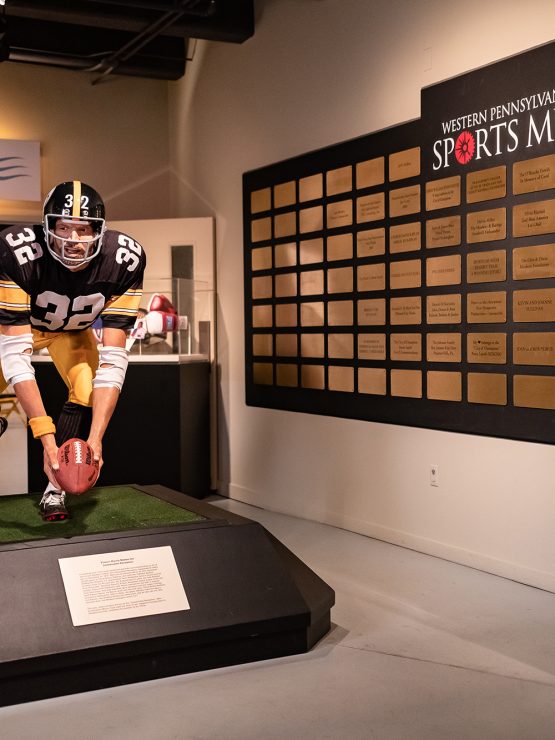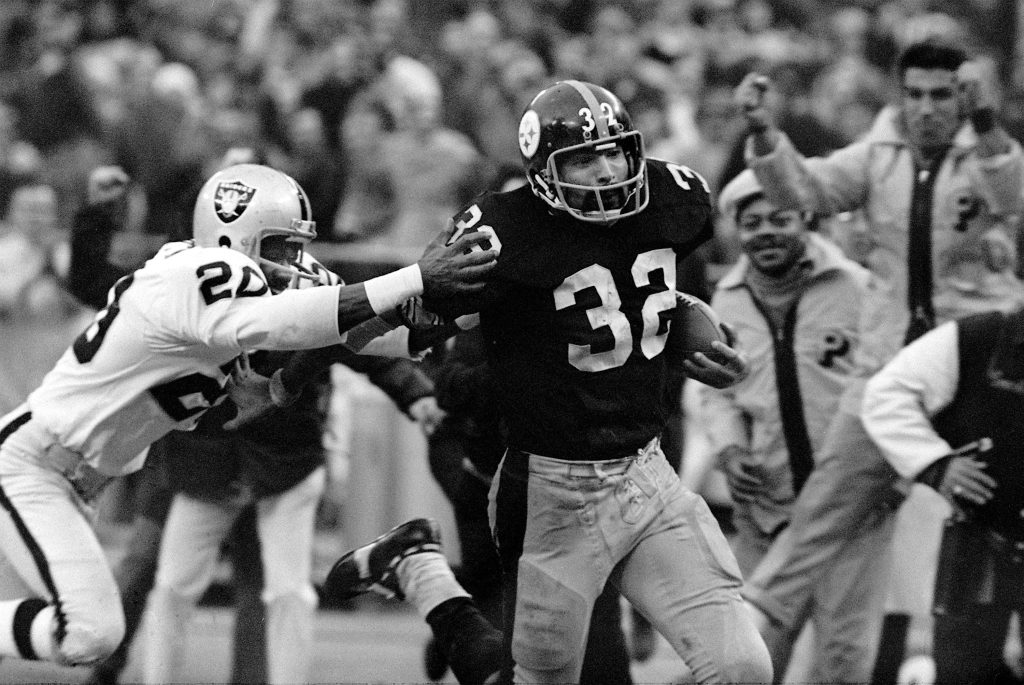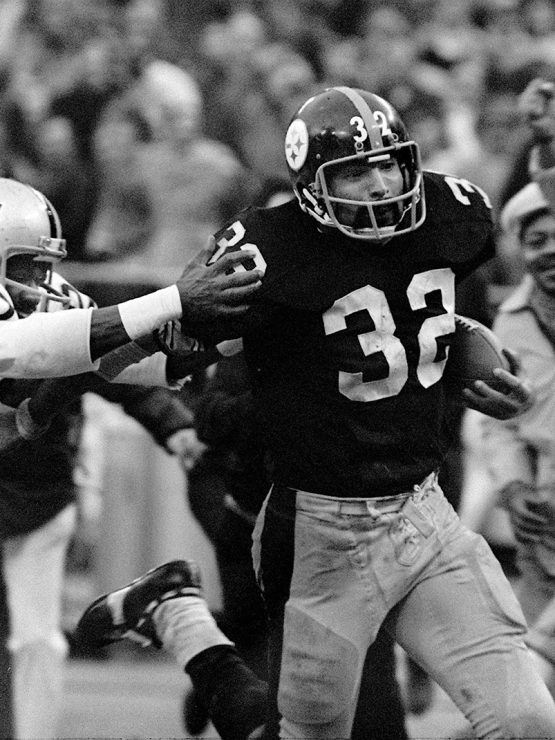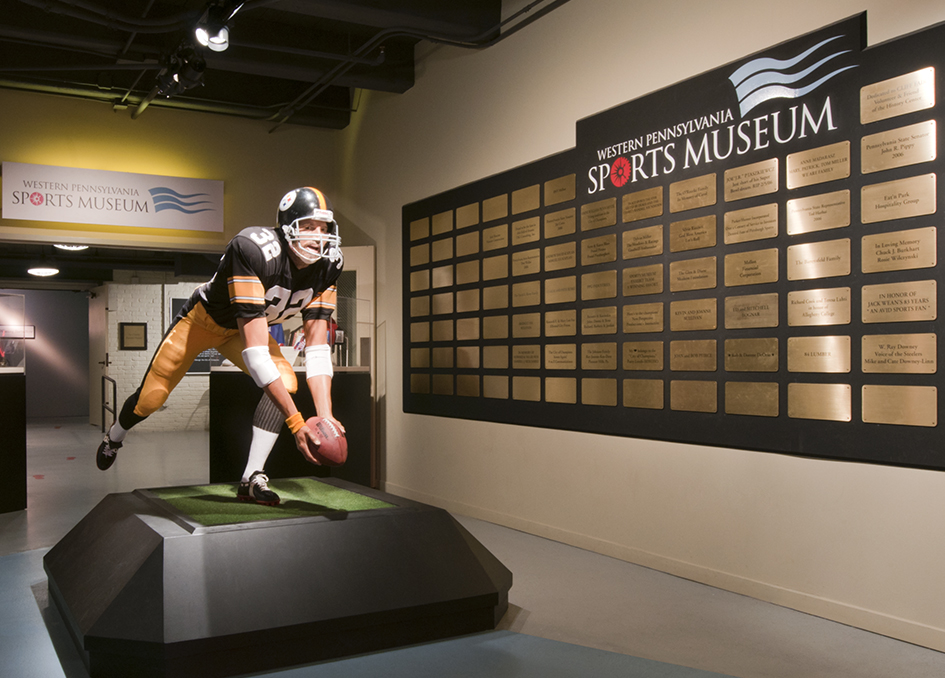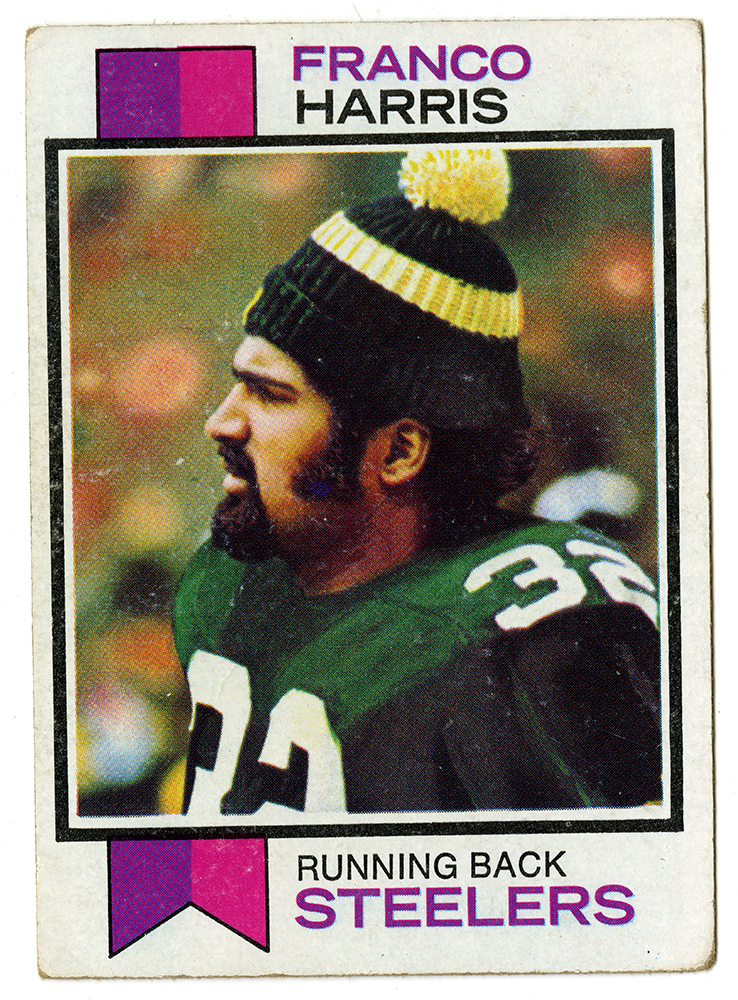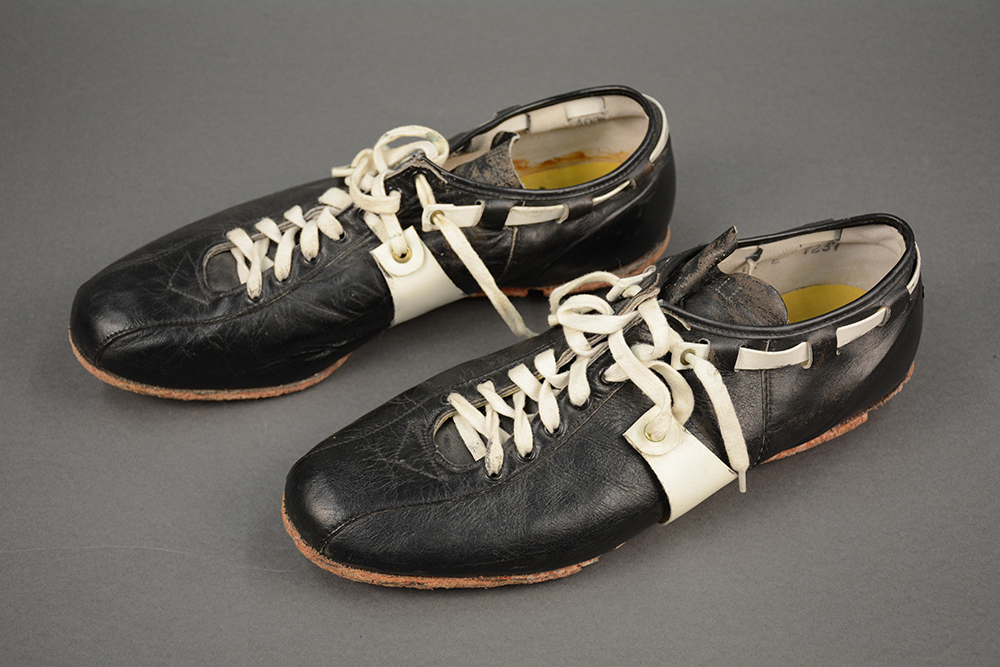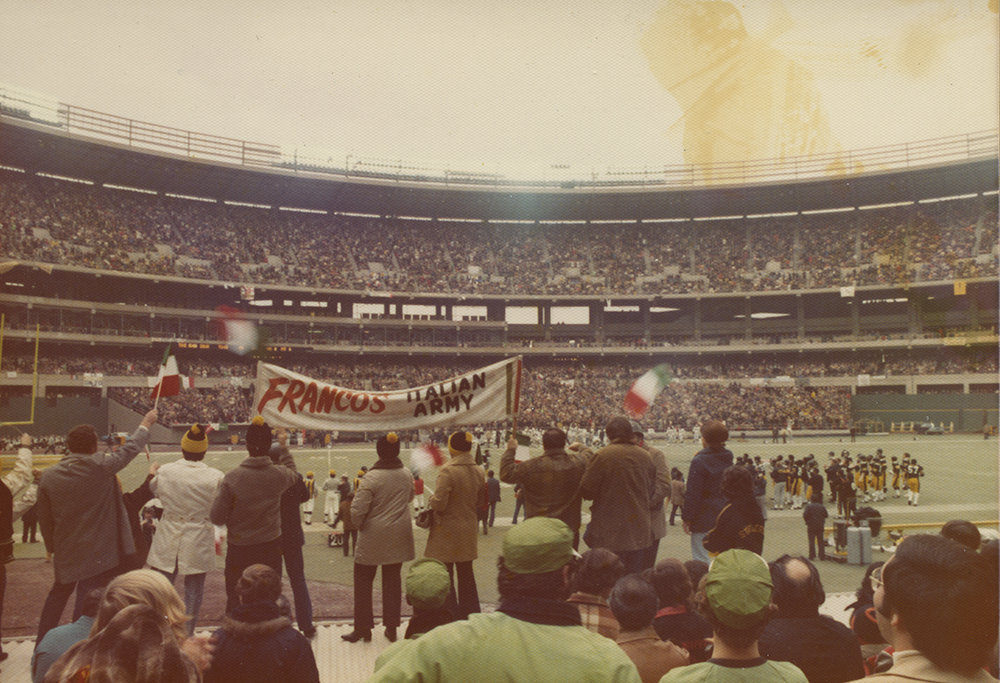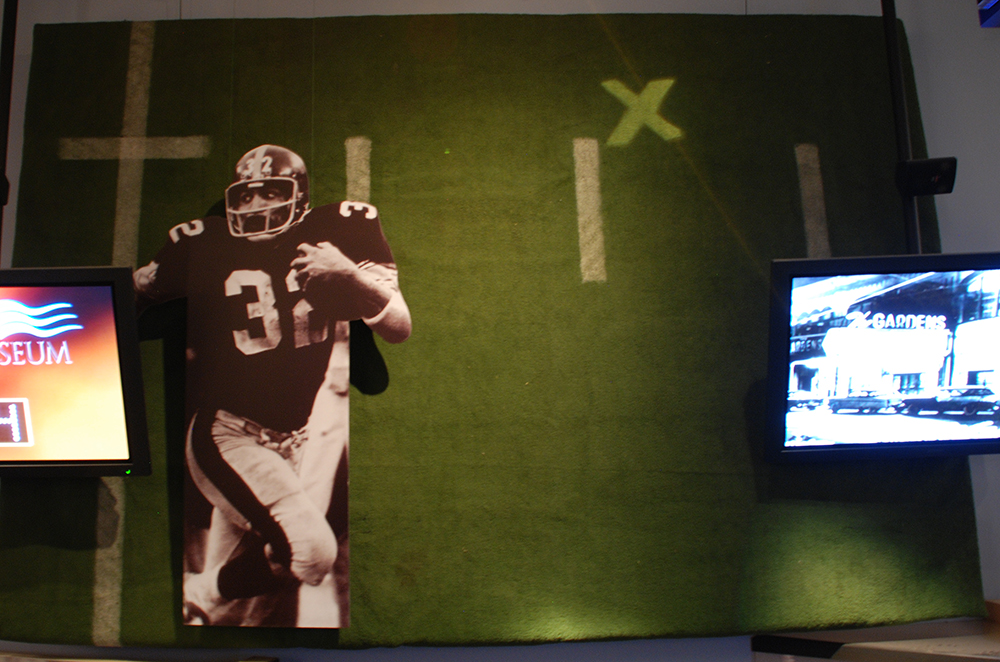Former Pittsburgh Steelers running back and Pro Football Hall of Fame member Franco Harris has died. He was 72.
Harris’ death comes just days before the 50th anniversary of the Steelers’ celebration of the “Immaculate Reception.” Harris made one of the most iconic plays in NFL history on Dec. 23, 1972, against the Oakland Raiders when he swooped in and grabbed a pass from Terry Bradshaw intended for John Fuqua before it hit the ground.
After grabbing the ball, Harris ran it in for a game-winning touchdown with just seconds left in the fourth quarter. The Steelers won that divisional playoff game 13-7 before losing the AFC title game to the undefeated Miami Dolphins.
Harris’ son, Dok, told the Associated Press that his father died overnight and that a cause of death was not immediately known.
With the Raiders visiting Pittsburgh on Saturday night, the Steelers are having a ceremony to honor Harris’ play at halftime of the game. Harris’ iconic No. 32 is also set to be retired by the team.
Franco Harris made one of the most legendary plays in NFL history. (via the NFL)
Harris was a rookie in 1972
Harris’ legendary play immediately made him a member of Pittsburgh Steelers lore as a rookie. He rushed 188 times for 1,055 yards across 14 games in his first season with the team in 1972, though hardly anyone remembers those rushing yards or his 10 rushing touchdowns from that season.
Harris would rush for more than 1,000 yards in eight of his 11 seasons in Pittsburgh. He averaged 5.6 yards a carry as a rookie and scored a league-leading 14 rushing touchdowns in 1976. After one season in Seattle after 12 years in Pittsburgh, Harris finished his career with 12,120 rushing yards and 91 TDs. He was elected to the Pro Football Hall of Fame in 1990.
Before he was selected by the Steelers with the 13th pick in the 1972 draft, Harris played collegiately at Penn State. Harris rushed for over 600 yards in each of his three seasons on the field for the Nittany Lions and scored 25 total touchdowns while pairing with Lydell Mitchell in the backfield.
Franco Harris of the Steelers runs with the ball on Sept. 10, 1978, in Pittsburgh. (AP Photo/RCG)
Steelers emerged as a powerhouse in the 1970s
The Steelers went 11-3 in 1972 after drafting Harris 13th overall. It was Pittsburgh’s first winning season since a 7-4-3 campaign in 1963 and the third straight year of improvement after the Steelers bottomed out at 1-13 in Chuck Noll’s first season as head coach in 1969.
That 11-3 season set the standard for what the Steelers became in the 1970s. After losing to that immortal Dolphins team in the AFC title game, the Steelers went 10-4 the following season before the Raiders got revenge in a 33-14 divisional playoff game a day shy of the first anniversary of Harris’ catch.
With Harris as a central figure of Pittsburgh's rushing attack, the Steelers went on to win four of the next six Super Bowl titles. The Steelers beat the Vikings 16-6 to win Super Bowl IX in January 1975 and then beat the Dallas Cowboys 21-17 in Super Bowl X. Harris rushed 34 times for 158 yards in the win over the Vikings and had six rushing touchdowns in the playoffs that season.
After beating the Cowboys again in Super Bowl XIII, the Steelers then capped off their 1970s Super Bowl run with a 31-19 win over the Los Angeles Rams.
Harris played in 19 postseason games with the Steelers and finished with 400 carries for 1,556 yards and 16 rushing TDs to go with that one receiving TD against the Raiders. The Steelers were 14-5 in the playoffs when Harris was on the field.
Since that Super Bowl after the 1979 season, the Steelers have had just eight losing seasons and two more Super Bowl victories. The Steelers enter Saturday’s game at 6-8 and must win out to avoid their first losing season under head coach Mike Tomlin.





